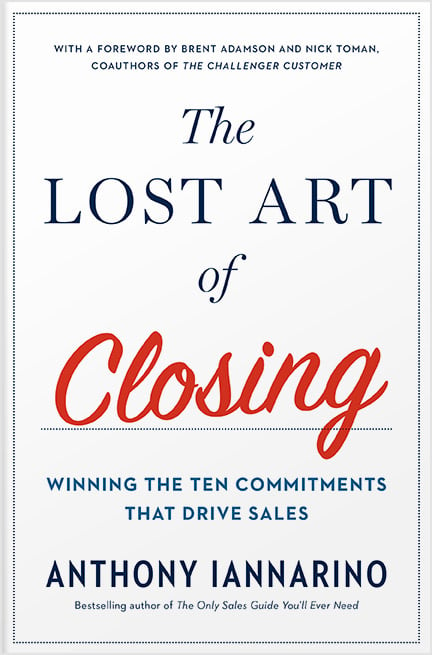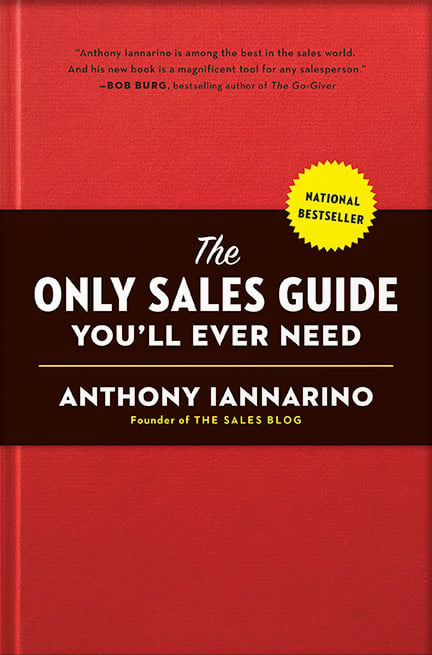The Gist:
- Improving the quality of your sales conversation means moving from a legacy approach to sales to a modern approach built on value creation.
- The critical metric for effectiveness is the value you create for your clients within the sales conversation.
- We spend much time on quantitative measurements in sales, often overlooking qualitative measurements.
One of the most frequent questions salespeople ask me is how they can improve their prospecting results. They recognize that they need to schedule more meetings but struggle to improve their ability to earn them. Much of the time, they focus on the mediums, asking about how best to use LinkedIn, email, and other technological tools (all of which have their place) to facilitate outreach to their prospective clients in a prospecting sequence. They also ask about how often they should reach out to their prospects.
Those questions are worth raising, but this one is far more critical: “what value am I trading for my client’s time?” Or from your client’s perspective, “what’s in it for me?” Why should anyone agree to give you their time and attention when you make no promise to use it in a way that benefits them? It’s difficult enough to get a meeting in the first place—without a value proposition, you just give your contact one more reason to say no.
You don’t improve your prospecting results by making more calls promising zero value for meeting with you. You improve them by expanding the quality of the value you promise. Only after you optimize the value trade does it make sense to increase your number of calls and other forms of cold outreach.


Value Creation in Every Interaction
We can take the significant lesson from the prospecting example above and apply it to the broader sales conversation (what you might describe as your sales process), starting with your opening gambit.
In Eat Their Lunch: Winning Customers Away from Your Competition, you will find a structure for creating an executive briefing, one that allows you to provide the context for a decision around “why change” and to differentiate your approach from that of your competitors. Most of your competitors are likely stuck with a legacy sales approach that creates little or no value for the contacts, who suffer through their feeble attempts to gain credibility by talking about their company and their solutions.
A salesperson fails to acquire a second meeting because they could not create enough value to deserve more time. Starting a conversation by briefing your contacts about the trends and factors that are causing them to struggle (or soon will) to produce the results they need is a way to explore the threats to their results, as well as an opportunity to discuss what changes the client might need to make.
Put another way, if the legacy approach that starts with the question “what’s keeping you up at night,” the modern process replaces it with a statement: “this is what should be keeping you up at night.” The executive briefing is one way you position yourself as the person who can see around corners and predict the future. Improving your sales approach means improving the quality of the conversation for your prospective clients.


Discovering New Discovery
Many of the legacy approaches to discovery require you to ask your decision-makers and other stakeholders to share their challenges and problems with you. When your client is already compelled to change, this approach is perfect. It allows you to understand how and why your client is struggling. However, it is inadequate for a time of constant, accelerating, disruptive change, creating a complex environment that is difficult to understand, let alone navigate.
Whether you call them “major sales,” “strategic sales,” or “complex sales,” the real value you create is helping your client to learn something about themselves, their business, their decisions, and their future results. Improving your discovery means helping your contacts make sense of their world, their challenges, and their priorities, something traditional approaches to discovery leave out.
The questions you ask now are both designed to acquire information and to cause your contacts to experience an “aha” moment, enabling them to recognize the nature of their challenge and their future potential. If you have ever had a client respond with “that’s a great question,” you have evidence that they learned something about themselves—and that you created that value.
The Value You Create in Every Interaction
Improving your sales results means improving the value you create for the contacts you meet, within every interaction. Worry less about what stage of the sales process you are in and more about what your client needs from you to gain information, insight into the context for their decision, and how best to make it.
You secure your success by ensuring that your client found the conversation valuable. A client who declines (or dodges) your request for a subsequent meeting does so because they felt that the time they gave you wasn’t valuable enough. Asking “was this helpful for you,” gives you an idea of whether or not you are creating the kind of value that creates a preference to work with you.


Qualitative Improvements First
No matter what your goals or targets, the most critical variables to your success are 1) a modern sales approach and 2) a focus on your personal and professional development. It’s important to recognize that you are the value proposition, since you are the one responsible for executing the sales conversation in a way that earns your client’s business.
Quantitative measurements can be a great way to track your sales progress. But you must give equal or even greater attention to the qualitative measures, starting with the value you create for your contacts. If you want to improve your results, you will make sales effectiveness your primary development project.
Do Good Work:
- For every interaction you have with your client, determine what they need from you in that interaction.
- Recognize where you are creating too little value by exploring where you believe you lose opportunities.
- Rethink and reimagine those interactions so that you create undeniable value in ways that help your clients move towards their objectives.








.jpg?width=768&height=994&name=salescall-planner-ebook-v3-1-cover%20(1).jpg)


